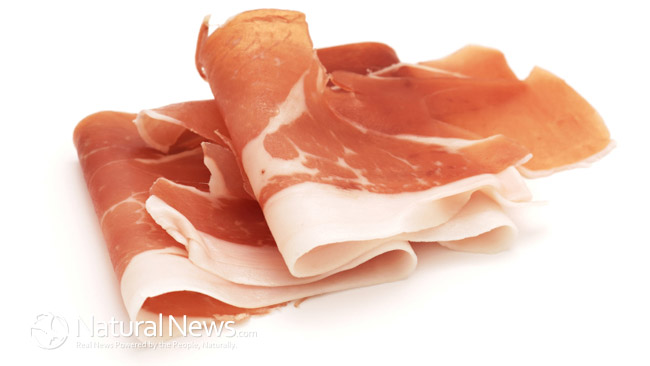The evolution of food has dramatically changed since the time of our ancestors, through the industrial revolution, and now to processed and packaged availability. Unless specified as a hormone-free food, the foods we eat on a daily basis are likely to have added hormones in them. The most common foods would be meat and dairy items. Plants also have them. Hormones are a staple for productivity for many farmers. Some of these hormones are FDA approved. When production goes up, profit goes up.
About 75% of all cattle and 90% of cattle on feed lots are given hormones. Six of the hormones given to cattle are FDA approved. These include progesterone, estradiol, testosterone, trenbolone acetate, zeranol, and melanogaster acetate. These are given via a pellet placed under the cattle or sheep’s skin near the ear. Another hormone cows are given is called recombinant bovine growth hormone (rbGH) to increase their milk production. All 27 countries of the EU, New Zealand, Australia, and Canada have banned giving cows recombinant bovine growth hormone (rbGH). Some brands even refuse to use dairy with rbGH. Ben and Jerry’s are one of these companies. However, some countries including Canada, Mexico, Chili, New Zealand, South Africa, and Australia, do approve hormones for growth for beef production.
About 300 types of plants have natural hormones that aren’t inserted. These hormones are called phytoestrogens. They’re mostly present in leafy green vegetables and legumes. Phytoestrogens act like estrogen in our bodies. Especially in women, this can have side effects. Soy is one of the biggest sources of phytoestrogen.
The major reason hormones raise concern for us is the increased risk of cancer. It is difficult to research exact cause and effect scenarios with direct cancer-causing foods. For example, it would be hard to study whether women who eat hormone free meat compared to women who do not, if there is a direct link to breast cancer. Diet from birth until adulthood is not regulated in this manner.
To avoid eating foods with hormones you have to look for foods that have the USDA organic seal. The word “organic” on a label is strict to obtain. This means no growth hormones or antibiotics can be used. The words “natural” and “free range” do not mean the same as “organic”. For dairy, labels might read no added hormones. This can help reduce the number of hormones one consumes until more research is done and until more is done to stop the use of hormones in our foods.



